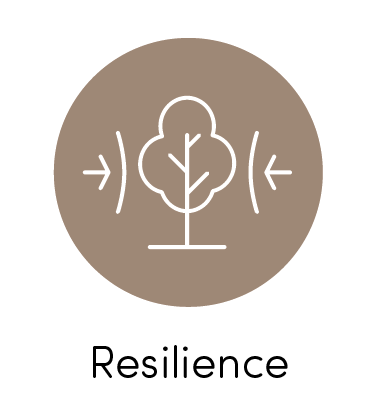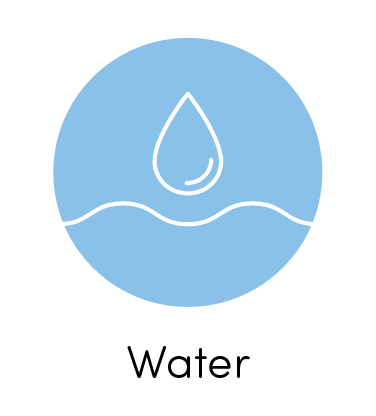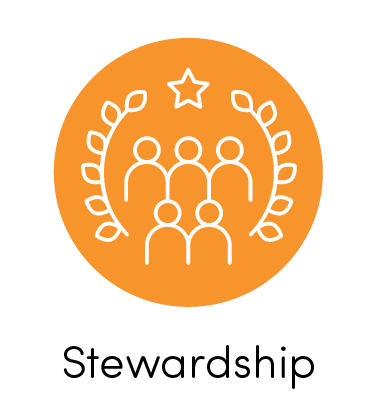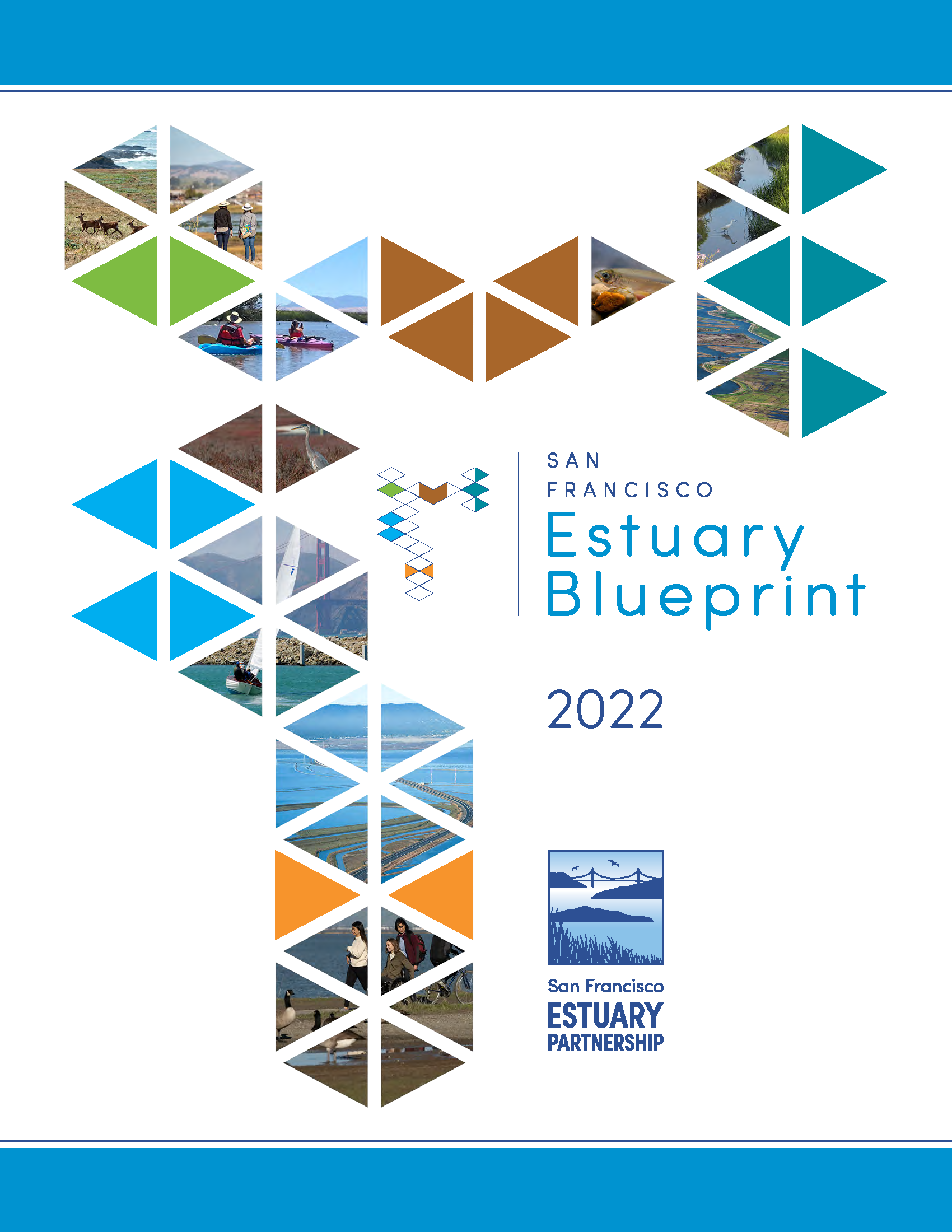Action 23: Trash
← Back to Estuary Blueprint Actions
Reduce trash and marine debris in the Estuary.
Support regional municipalities and agencies in attaining trash reduction objectives by assisting in source reduction activities. Prevent and remove abandoned and derelict vessels (ADVs) as a source of marine debris and develop new indicators and metrics for tracking trash.
Overview
Every year, 1.36 million gallons of trash flows into San Francisco Bay and its creeks from storm drains. While trash is one of the easiest pollutants to see, it is one of the most difficult to measure, which creates a unique challenge for addressing this issue. Additionally, abandoned and derelict vessels (ADVs) and other large marine debris can damage habitat, leak chemicals, and pose hazards to navigation. This Action focuses on reducing debris on land and water through coordinated control and monitoring, policy change, and funding.
Task Description
Continue partnerships with municipalities, counties, pollution prevention organizations, and other stakeholders to research and implement effective extended producer responsibility (EPR) strategies or bans for items such as plastic products, microplastics, and tobacco products in the Estuary.Task Lead(s)
San Francisco Estuary Partnership (Coordinator)Task Collaborating Partner(s)
Bay Area Clean Water Agencies’ Bay Area Pollution Prevention Group, California Product Stewardship Council, San Francisco Bay Regional Water Quality Control Board, U.S. Environmental Protection Agency, and various municipalitiesCost Estimate Key
|
Cost Estimate
$$Milestone(s)
New bans or extended producer responsibility (EPR) strategies such as reduction ordinances based on recommendations (i.e., source control).Task Description
Develop an indicator based on regionally meaningful metrics of trash in the Estuary and its watersheds for use in the State of the Estuary report.Task Lead(s)
San Francisco Estuary Institute, San Francisco Estuary PartnershipTask Collaborating Partner(s)
California Coastal Commission, San Francisco Bay Regional Water Quality Control Board, U.S. Environmental Protection Agency, and municipalitiesCost Estimate Key
|
Cost Estimate
$$Milestone(s)
New trash indicator developed for the San Francisco Bay and its watersheds for inclusion in a future State of the Estuary Report.Task Description
Advance new or modified statutory authority to prevent abandoned and derelict vessels (ADVs), potentially pertaining to registration requirements, insurance requirements, and resale restrictions for recreational and commercial vessels, and seek funding for removal of ADVs such as time of purchase fees or insurance requirements.Task Lead(s)
San Francisco Bay Conservation & Development CommissionTask Collaborating Partner(s)
Cost Estimate Key
|
Cost Estimate
$Milestone(s)
Findings and recommendations report released by inter-agency U.S. Coast Guard Abandoned and Derelict Vessel Subgroup, for use by state and local agencies and legislators.Task Description
Control trash discharges from municipal storm drain systems to the Estuary and its tributaries through implementation of trash capture systems or other equivalent controls in accordance with the San Francisco Bay Municipal Regional Stormwater Permit and the Statewide Water Quality Control Plans for Trash.Task Lead(s)
San Francisco Bay Regional Water Quality Control BoardTask Collaborating Partner(s)
Local governments within the San Francisco Bay and the Estuary subject to the Statewide Water Quality Control Plan for TrashCost Estimate Key
|
Cost Estimate
$$Milestone(s)
Complete implementation of full trash capture systems or other equivalent controls by municipalities subject to the San Francisco Bay Municipal Regional Stormwater Permit and 40 percent implementation by other municipalities.Task Description
Task Lead(s)
Task Collaborating Partner(s)
Cost Estimate Key
|
Cost Estimate
Milestone(s)
Task Description
Task Lead(s)
Task Collaborating Partner(s)
Cost Estimate Key
|
Cost Estimate
Milestone(s)
Task Description
Task Lead(s)
Task Collaborating Partner(s)
Cost Estimate Key
|
Cost Estimate
Milestone(s)
Task Description
Task Lead(s)
Task Collaborating Partner(s)
Cost Estimate Key
|
Cost Estimate
Milestone(s)
Updates and Emerging Issues
While municipal governments have made progress reducing
the amount of trash entering storm drains, significant work still needs to be done by municipalities to achieve regulatory milestones as trash continues to be a persistent and ongoing water quality issue. In addition, growing concern for marine debris has resulted in a new task specifically addressing clean up and removal of ADVs. However, conflicting perspectives on where to prioritize funding has stalled the implementation of coordinated monitoring, regulatory enforcement, and public engagement.
Climate Change Considerations
As climate change creates more extreme and unpredictable storms, the risk and volume of trash entering the Estuary via storm drains and waterways may increase dramatically. Tasks under this Action will improve monitoring and understanding of effective strategies to reduce this risk.
Equity Considerations
By focusing on producer responsibility as a means of source control, the environmental costs and responsibilities of trash are expected to decrease for consumers. Illegal dumping, ADVs, and trash hot spots are more prevalent in disadvantaged and underserved communities where clean up and removal by local municipalities may be underfunded.
Blueprint Goals



Connections to Other Actions
Watershed connections provide unique habitat and ecosystem services closely related to or dependent upon:
Action 9: Intertidal / Subtidal Habitats
Action 19: Stormwater Management
Action 21: Emerging Contaminants
Action 22: Health Risks of Contaminants
